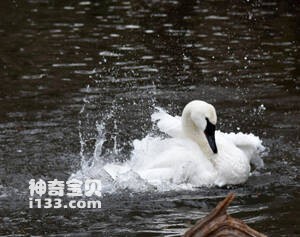
Cygnus buccinator
Cygnus buccinator,Trumpeter Swan
The black-billed Swan (Cygnus buccinator) is known as Trumpeter Swan and has···
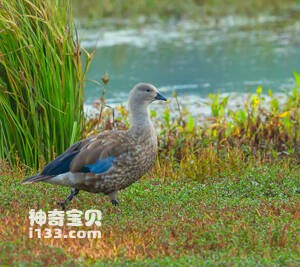
Blue-winged Goose
Blue-winged Goose,Cyanochen cyanopterus
Blue-winged geese (Cyanochen cyanopterus) are blue-winged Goose birds in the···
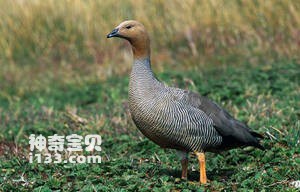
Ruddy-headed Goose
Ruddy-headed Goose,Chloephaga rubidiceps
Chloephaga rubidiceps (Chloephaga rubidiceps), a Ruddy-headed Goose, is a bi···
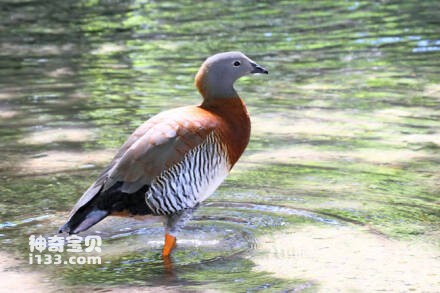
Ashy-headed Goose
Ashy-headed Goose,Chloephaga poliocephala
Chloephaga poliocephala (Chloephaga poliocephala), a foreign language name A···
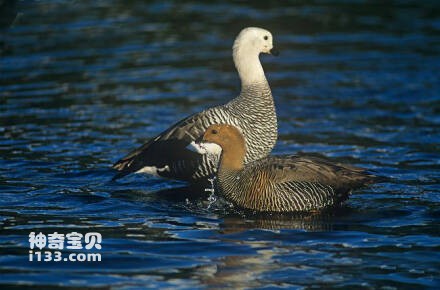
Upland Goose
Upland Goose,Chloephaga picta
Chloephaga picta (Chloephaga picta) foreign name Upland Goose, there are two···

Andean Goose
Andean Goose,Chloephaga melanoptera
Chloephaga melanoptera (Chloephaga melanoptera), a foreign language name And···
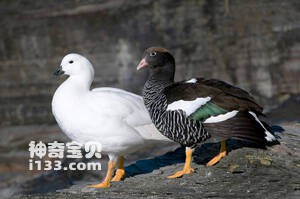
Chloephaga hybrida
Chloephaga hybrida,Kelp Goose
Chloephaga hybrida, Kelp Goose, has two subspecies.The white grass goose liv···
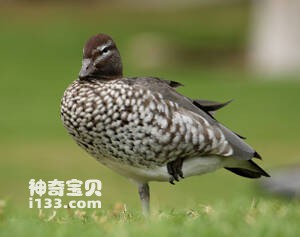
Chenonetta jubata
Chenonetta jubata,Australian Wood Duck
Australian Wood Duck (Chenonetta jubata), no subspecies.Maned forest ducks l···
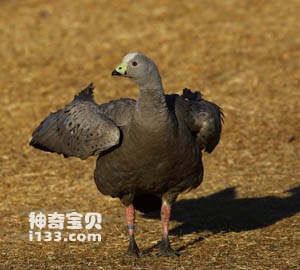
Cereopsis novaehollandiae
Cereopsis novaehollandiae,Cape Barren Goose
The Australian grey Goose (Cereopsis novaehollandiae) has two subspecies, Ca···
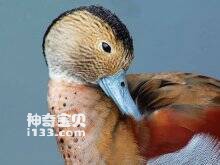
Callonetta leucophrys
Callonetta leucophrys,Ringed Teal
The ringnecked duck (Callonetta leucophrys), also known as Ringed Teal, is a···
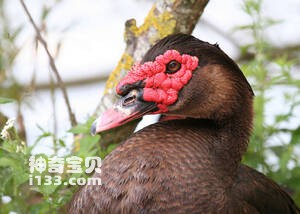
Cairina moschata
Cairina moschata,Muscovy Duck
The Muscovy Duck (Cairina moschata) has no subspecies. The body color of art···
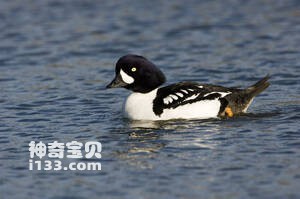
Bucephala islandica
Bucephala islandica,Barrow’s Goldeneye
Barrow's Goldeneye (Bucephala islandica) is a medium-sized water duck.Na···
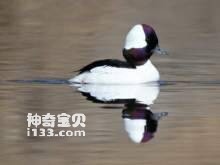
Bucephala albeola
Bucephala albeola,Bufflehead
Bufflehead (scientific name: Bucephala albeola), no subspecies.White pillow ···
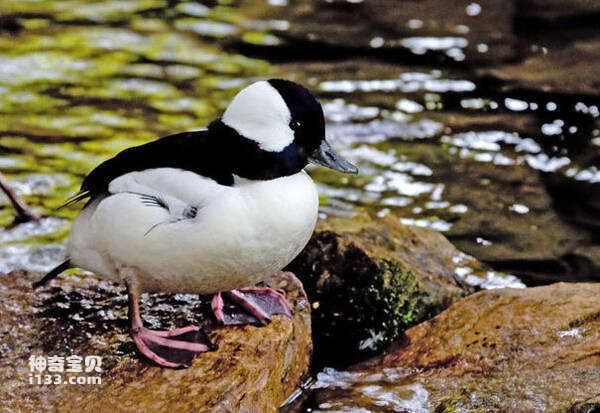
Bucephala albeola
Bucephala albeola,Bufflehead
Bufflehead (scientific name: Bucephala albeola), no subspecies.White pillow ···
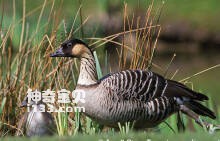
Branta sandvicensis
Branta sandvicensis,Hawaiian Goose
The wild Goose (Branta sandvicensis) is known as Hawaiian Goose without subs···
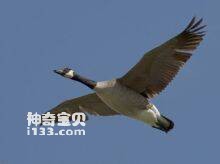
Branta canadensis
Branta canadensis,Canada Goose
The Canadian Barnacle Goose (Branta canadensis) is known as Canada Goose. Ac···
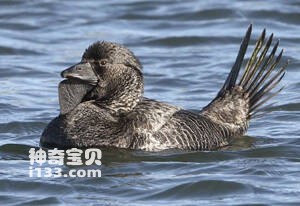
Biziura lobata
Biziura lobata,Musk Duck
Musk Duck (Biziura lobata), the male musk duck is the largest teal in Austra···
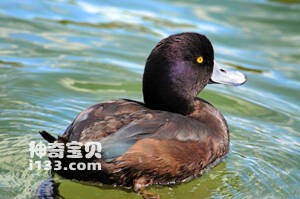
Aythya novaeseelandiae
Aythya novaeseelandiae,New Zealand Scaup
The New Zealand submerged duck (Aythya novaeseelandiae), also known as New Z···
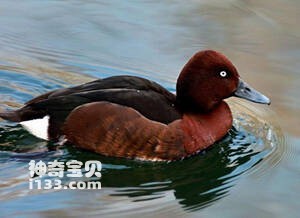
Aythya innotata
Aythya innotata,Madagascar Pochard
The Madagascar Pochard (Aythya innotata) is an animal of the genus Madagasca···
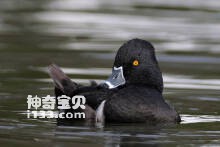
Aythya collaris
Aythya collaris,Ring-necked Duck
The Ring-necked Duck (Aythya collaris) has no subspecies.The ringnecked dive···
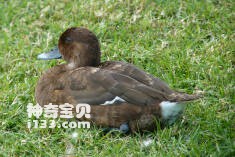
Aythya australis
Aythya australis,Australian White-eyed Duck,Hardhead,White-eyed Duck
The Australian submerged Duck (Aythya australis) is a species of bird in the···
